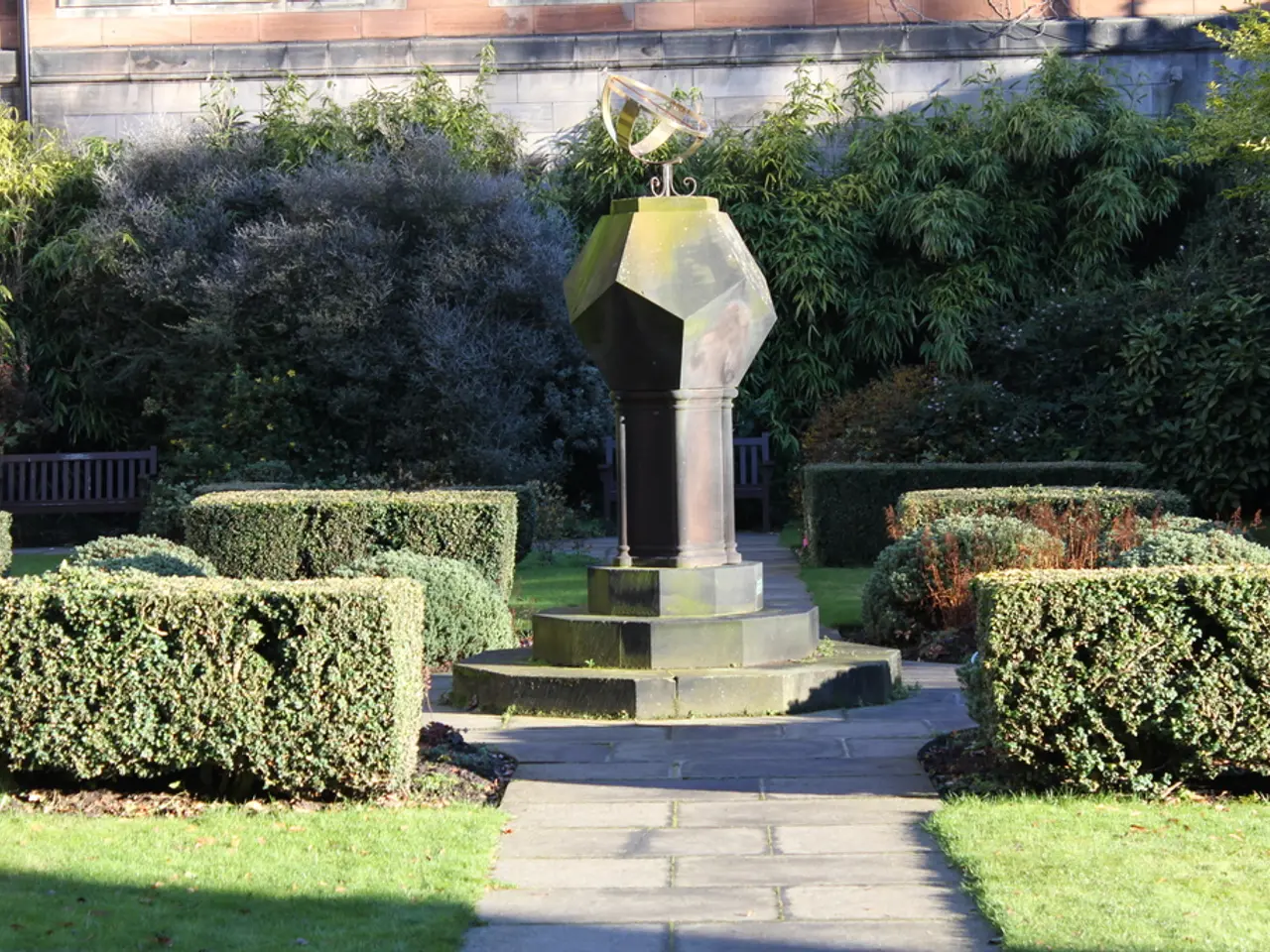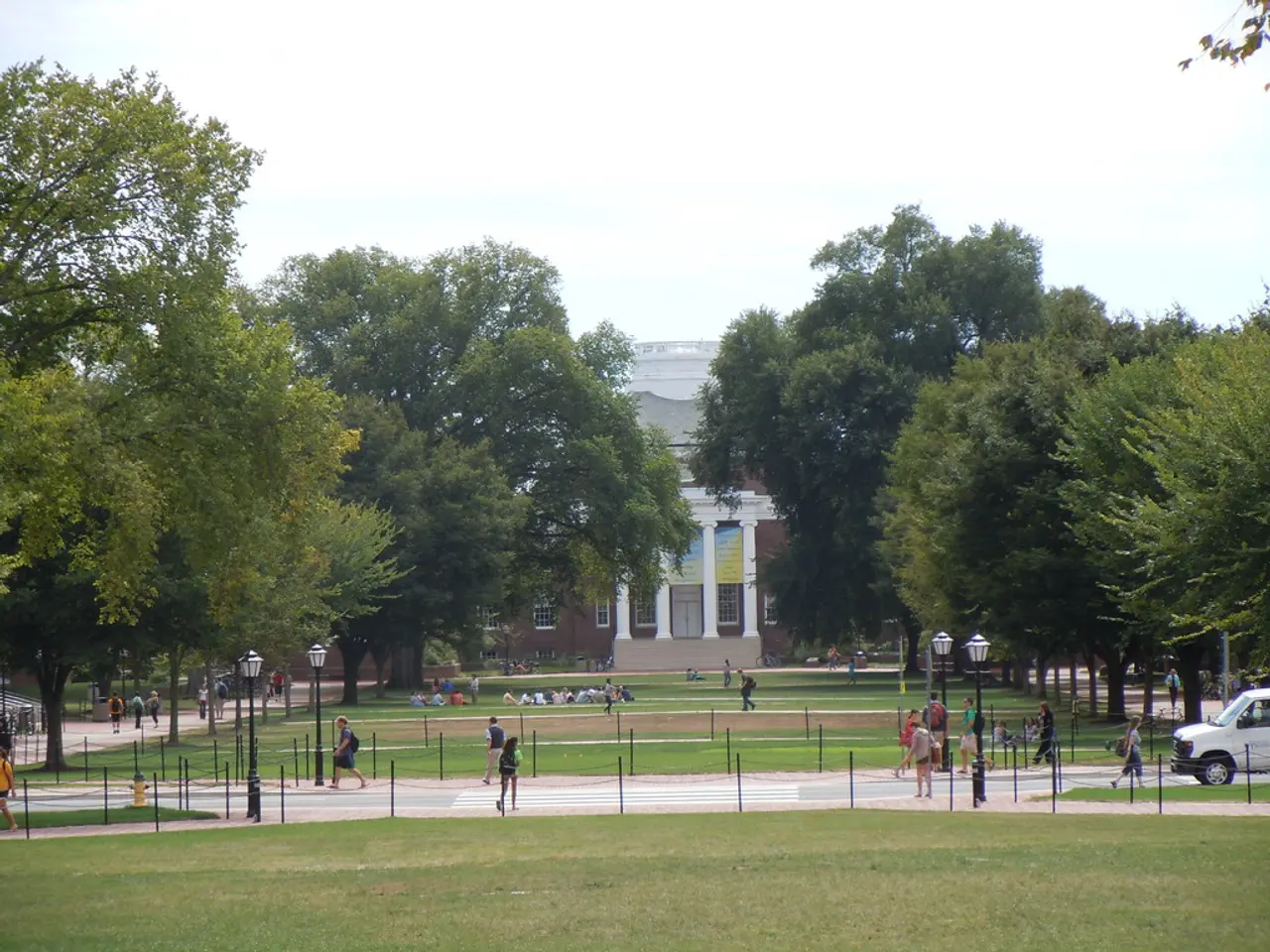Yellowstone National Park's Geographical Position
Yellowstone National Park, a natural wonder and scientific marvel, spans across three states: Wyoming, Montana, and Idaho. The park's unique location contributes to its breathtaking beauty and significant scientific value.
Covering a vast terrain, Yellowstone is accessible through five entrances: North, Northeast, East, South, and West. The North Entrance, the only one open year-round, is located in Montana, providing access to Mammoth Hot Springs. The Northeast Entrance, remote yet summer-accessible, offers a route to the Beartooth Highway in Montana. The East Entrance, the most remote, is situated in Wyoming, leading to the park's core areas after a scenic drive. The South Entrance connects Yellowstone with Grand Teton National Park in Wyoming. Lastly, the West Entrance, the most popular, is in Montana but offers the closest access to Old Faithful and major geyser basins, as well as the shortest drive from Idaho Falls and West Yellowstone town in Montana.
The majority of the park lies in northwestern Wyoming, with small portions extending into Montana and Idaho. The park's road network forms a figure eight route called the Grand Loop Road, connecting all five entrances and the major sightseeing areas, including Mammoth Hot Springs, Norris, Madison, Old Faithful, Canyon Village, Tower-Roosevelt, West Thumb, Grant Village, Bridge Bay, Lake Village, and Fishing Bridge.
Yellowstone National Park is not just a tourist destination but also a critical habitat for various wildlife species such as bison, elk, wolves, and bears. The park's unique geography, fuelled by a volcanic hotspot, supports geysers, hot springs, and fumaroles, making it a unique and unparalleled natural wonder.
In conclusion, Yellowstone National Park is a tri-state treasure that offers a unique experience for visitors while playing a crucial role in wildlife conservation. Its strategic layout, with most entrances in Wyoming and Montana and access from Idaho mostly via the West Entrance, makes it an accessible yet unforgettable destination worth visiting and preserving.
[1]: National Park Service. (n.d.). Yellowstone National Park road and entrance descriptions. Retrieved July 2025, from https://www.nps.gov/yell/planyourvisit/roads.htm [2]: Lonely Planet. (2025). Yellowstone National Park travel guide. Retrieved July 2025, from https://www.lonelyplanet.com/usa/wyoming/yellowstone-national-park
- Yellowstone National Park, a natural marvel and scientific treasure, spans across the states of Wyoming, Montana, and Idaho.
- The park's diverse terrain, unique geography, and volcanic hotspot support a unique ecosystem, housing various wildlife species.
- Accessible through five entrances - North, Northeast, East, South, and West - the park offers a breathtaking landscape for visitors.
- The North Entrance, open year-round in Montana, leads to Mammoth Hot Springs, while the Northeast Entrance in Montana offers a route to the Beartooth Highway.
- The East Entrance, the most remote, is situated in Wyoming, leading to the park's core areas after a scenic drive.
- The South Entrance connects Yellowstone with Grand Teton National Park in Wyoming, while the West Entrance offers the closest access to Old Faithful and major geyser basins.
- The park's road network, known as the Grand Loop Road, forms a figure eight route connecting all five entrances and major sightseeing areas.
- For visitors planning a trip to Yellowstone, maps and travel guides like the National Park Service and Lonely Planet can provide essential information and insights.




